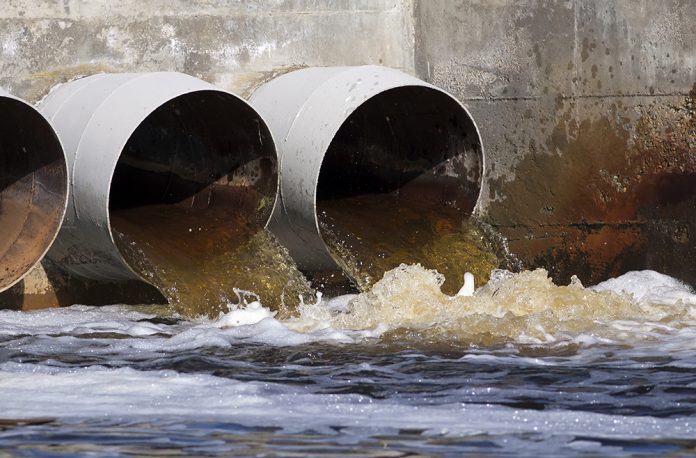A case study with SUEZ and Wessex Water
Ice Pigging is well established as an effective and low risk method of cleaning drinking water pipes. Not so well-recognised, is the significant benefits it can bring for wastewater applications, particularly in cleaning rising sewer mains.
Pumped sewer mains often become fouled with FOG (Fats, Oils & Grease), grit and other material, resulting in poor hydraulic performance. Most current mitigation methods focus on upgrading pumps, which can be ineffective and expensive, as well as increasing stress on the underperforming main.
When left unchecked, heavily fouled rising mains can lead to sewer flooding, environmental incidents, or the reliance on waste tankers to keep up with incoming flows.
The challenge
Wessex Water approached SUEZ to carry out Ice Pigging at three Sewage Pumping Station (SPS) sites where suspected build-up of deposits in the rising main had been causing low flow rates. Each rising main was small in diameter, at DN50 or below.
Due to the small diameters, very few options are available for cleaning the entire length of the main. At some locations a vacuum tanker had been attached to alternately vacuum and flush a short section of the pipe, but any improvement gained had been temporary.
The solution
Ice Pigging was applied at all sites without requiring any permanent enabling works. Ice insertions took place via an existing Bauer connection or by adapting a fitting at the SPS. An Air Valve at the half-way point of Site 2 was utilised as a breakpoint, though it would also have been possible to clean the entire section in a single operation.
The results
Pre and post Ice Pigging flow readings were provided by Wessex Water’s on site flow meters. Significant improvements were seen at all sites, both in terms of overall max flows and the average Dry Weather Flow (DWF). At Site 3 Ice Pigging activities coincided with pump improvements, so it is not possible to say how much of the improvement can be attributed to each task, however at Site 1 and 2 Ice Pigging was the only activity undertaken. (See above).
How it works
Ice Pigging is a pipeline cleaning process utilising a two-phase ice slurry which forms a semi-solid ‘pig’ within the pipe. The slurry is pumped into the main like a liquid, but when moving through the pipework it behaves like a solid material, detaching contaminants and fouling from the pipe wall and carrying them out of the pipe entrained within the ice pig.
The pig is pushed through the section at the network operating pressure, so the rising main is under no additional stress.
The process can be undertaken on all pipe materials, at diameters of up to 600mm and on sections several kilometres in length. Ice Pigging is fast, effective and incredibly low risk – in the unlikely event of the ice becoming stuck it can be allowed to melt and flushed out.
Differentiating factors
- Ice Pigging has the benefits of conventional pigging, but without any of the associated hazards
- The ice slurry is inserted and ejected using exiting existing fittings
- The ice slurry flows through complex pipework such as bends, diameter changes and butterfly valves
- In most cases the wet-well pumps are used to push the ice pig, so the downtime is minimal
- In the unlikely event of becoming stuck, the ice can be left to melt.
Future possibilities
The flow improvements seen on these mains highlight the effectiveness of Ice Pigging at increasing the hydraulic efficiency of rising sewers. Outside the Wessex Water trial, SUEZ have been carrying out a significant number of operations on waste water pipework, in 2021 a total of 28,000m of rising mains were Ice Pigged, with an average flow improvement of 50% per project.
Along with direct impacts such as reduction in tanker use, the improved hydraulic efficiency is likely to have wider ranging positive effects; such as reduced energy consumption, improved carbon footprint, increased asset life and reduced risk of sewer flooding.
suez.com/en/uk




